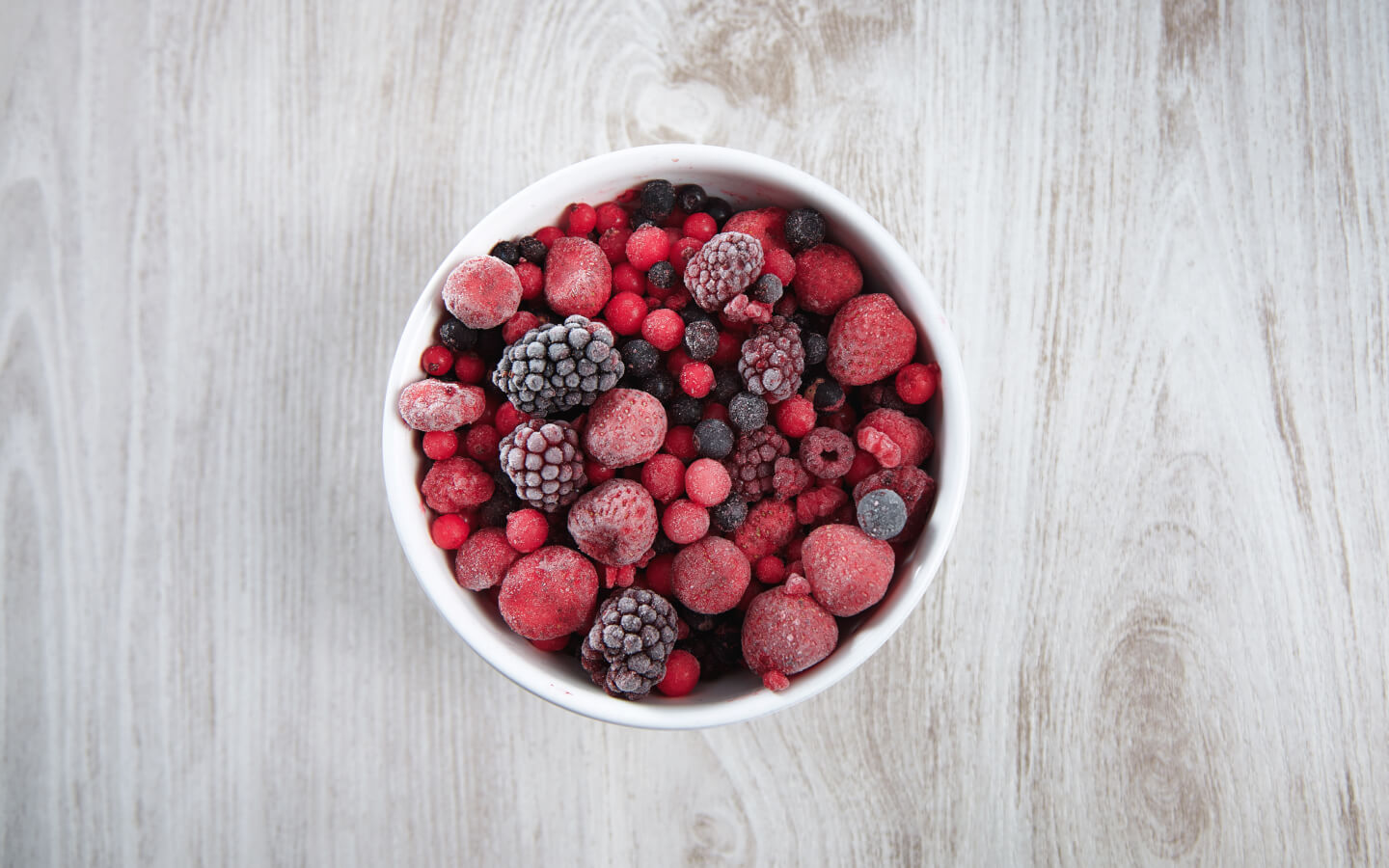Nicht umsonst tragen sie den lateinischen Namen „vita“, zu Deutsch Leben, denn ohne Vitamine läuft in unserem Körper nichts. Sie lindern Allergien, schützen vor Infektionen und Krebs, liefern uns Energie und stärken unser Immunsystem – was gerade jetzt im Herbst, wenn Erkältungen drohen, wichtig ist. Um den Körper ausreichend zu versorgen, empfehlen Experten bis zu acht Mal am Tag rohes Obst und Gemüse. Doch im hektischen Arbeitsalltag wird das oft vergessen. Zum Ausgleich schlucken viele Menschen Vitaminpillen. Doch die schaden oft mehr als dass sie nützen. Die synthetischen Stoffe können wie freie Radikale agieren und unseren Organismus angreifen.
Natürliche Vitamine dagegen sind meist auch in höheren Dosen ungefährlich. Sie wirken gemeinsam mit den sogenannten sekundären Pflanzenstoffen, von denen bislang keine schädlichen Nebenwirkungen bekannt sind. Diese werden von Pflanzen meist unter ihrer Oberfläche angelagert – zum Schutz vor Insekten, Sonnenstrahlen und Schädlingen. Insgesamt gibt es rund 30.000 verschiedene sekundäre Pflanzenstoffe. Früher nahm man an, dass sie für den Menschen keine Bedeutung haben. Doch inzwischen ist klar, dass sie den Vitaminen wirkungsvoll helfen, unsere Zellen zu schützen.
Natürlicher Schutz für den Körper
Das Schöne: Die Gesundmacher wachsen gleich vor unserer Haustür – kostenlos. Die Wildfrüchte sind bei vielen in Vergessenheit geraten, seit jeder Supermarkt frisches Obst anbietet. Doch schon bei einem kleinen Spaziergang lassen sich zahlreiche Vitaminbomben einsammeln. Schwarzer Holunder zum Beispiel ist in Mitteleuropa weit verbreitet: Er wächst an Wegrändern oder auf Waldlichtungen. Seine erst roten, später schwarzen Beeren, die viel Vitamin C und Kalium enthalten, können ab September gepflückt werden. Achtung, im rohen Zustand sind die Beeren giftig – also immer abkochen. Der Extrakt wird schon seit Jahrhunderten gegen Grippe verabreicht.
Auch die Schale von Hagebutten ist ein bewährtes Erkältungsmittel. Die roten Früchte der Heckenrose lassen sich den ganzen Winter über pflücken. Wer die kleinen Nüsschen aus dem Fruchtfleisch entfernt, kann Hagebutten sogar roh verzehren. Das ist jedoch sehr mühsam – die kleinen Kerne lösen bei Berührung mit der Haut Juckreiz aus. Einfacher ist es, Stiel und Blütenansatz zu entfernen, die Hagebutten zu kochen und anschließend durch ein Sieb oder Tuch zu pressen, auch wenn dadurch Vitamine verloren gehen. Hagebutten rangieren auf der Weltrangliste der Früchte, die am meisten Vitamin C enthalten, immerhin auf Platz drei – nach Camu-Camu und der Acerola-Kirsche, die beide nicht in Deutschland wachsen.
Vitaminbomben zum Selberpflücken
Schlehen sind ebenfalls ein Rosengewächs. Ihre dunkelblauen runden Früchte lassen sich ab Oktober oder November ernten, am besten sogar erst nach dem ersten Frost. Sie enthalten viel Vitamin C, wirken entzündungshemmend und helfen bei Erschöpfungssymptomen. Selbst die Vogelbeere, von der es oft heißt, sie sei giftig, lässt sich als Heilpflanze verwenden. Hundert Gramm enthalten 98 Milligramm Vitamin C – damit schaffen es Vogelbeeren sogar noch in die Top Ten.
Übrigens: Wie viele Vitamine und Mikronährstoffe ein Körper braucht, hängt von der individuellen Konstitution des Menschen und der Lebenssituation ab. In harmonischen Zeiten verbraucht der Körper deutlich weniger Reserven. Während stressiger Zeiten, beispielsweise während eines Beziehungsstreits, fordert der Körper dagegen etwa dreihundert Milligramm Vitamin C – das ist das Dreifache des Tagesbedarfs.
